Introduction
At the intersection of faith, identity, and culture lies the hijab, a term often central to discussions about Islam and women's rights. This piece is an invitation to delve deeper into the multi-dimensional nature of the hijab, understanding it not just as a garment but as a potent symbol of modesty, dignity, and devotion for many Muslim women worldwide.
What is a Hijab?
The word 'hijab' originates from the Arabic verb 'Hajaba' which means to conceal or cover. In its essence, the hijab is a headcovering worn by many Muslim women as a symbol of modesty, privacy, and piety. While it's often viewed merely as a dress code, for many, the hijab embodies a deeper spiritual significance, reflecting a commitment to God. It serves as a daily reminder of one's devotion to the faith, an expression of personal piety, and a means to foster a sense of Islamic identity. Beyond its religious connotations, the hijab is also influenced by cultural, regional, and individual preferences, leading to a diverse range of styles and interpretations.
Historical Background of the Hijab
The hijab's roots reach deep into the annals of history, dating back to early civilizations and predating Islam. Throughout different periods, the act of veiling served as a symbol of modesty, piety, and at times, social status. Within an Islamic context, the hijab has evolved as a significant symbol of modesty and god-consciousness (taqwa), adapting over time in line with changing cultures and societal norms.
The Hijab in the Islamic Context
Viewing the hijab through the lens of Islam transforms it from a mere piece of cloth into a commitment. Learn more about the different hijab fabrics and their significance in Islamic traditions. The Quran, the holy book of Islam, instructs believing men and women to lower their gaze and guard their modesty, with specific directives given to women regarding covering their adornments (Surah 24, An-Nur, Verse 30-31).
“O Prophet! Tell your wives and your daughters and the women of the believers to draw their cloaks (veils) all over their bodies (i.e. screen themselves completely except the eyes or one eye to see the way). That will be better, that they should be known (as free respectable women) so as not to be annoyed. And Allah is Ever Oft-Forgiving, Most Merciful.” [Surah Al-Ahzab 33:59]
However, it's crucial to understand that the journey to wearing a hijab is deeply personal and influenced by an individual's understanding of their faith, their cultural context, and personal beliefs.
Exploring the Styles of the Hijab
The hijab manifests in various forms and styles, influenced by cultural, regional, and personal preferences. Discover the traditional Muslim Khimar styles and the best-selling contemporary hijab designs influenced by global fashion trends. Despite its role as a symbol of modesty, it also serves as a canvas for creativity. Discover tips on taking care of your hijabs and preserving their beauty.
The Hijab: Beyond the Cultural Context
For many Muslim women, wearing the hijab transcends its religious obligations. It becomes an affirmation of their identity, a form of resistance against stereotypes, and an assertion of their agency. The hijab becomes an expression of the statement: "I am secure in my identity, and I choose to express it in a way that resonates with my faith and my understanding of it." This perspective challenges the often pervasive misconception of the hijab as a symbol of oppression and instead highlights its potential as a symbol of empowerment.
The Global Hijab: Dispelling Misconceptions
In many parts of the world, the hijab is frequently misunderstood, leading to debates about women's rights, freedom, and choice. This lack of understanding can often lead to prejudiced policies and discriminatory practices. It's essential, therefore, to actively dispel these misconceptions and strive for a comprehensive, nuanced understanding of the hijab, fostering an environment of respect and appreciation for individual choices.
Conclusion
The hijab, rooted in faith and blossoming into a symbol of individuality, is more than just a trendy Muslim headscarf. It is a complex tapestry woven with threads of history, religion, culture, and personal choice. It is an individual's journey and interpretation of modesty and piety. As we strive for a more inclusive and understanding world, let us respect and appreciate the diversity of these journeys and experiences.


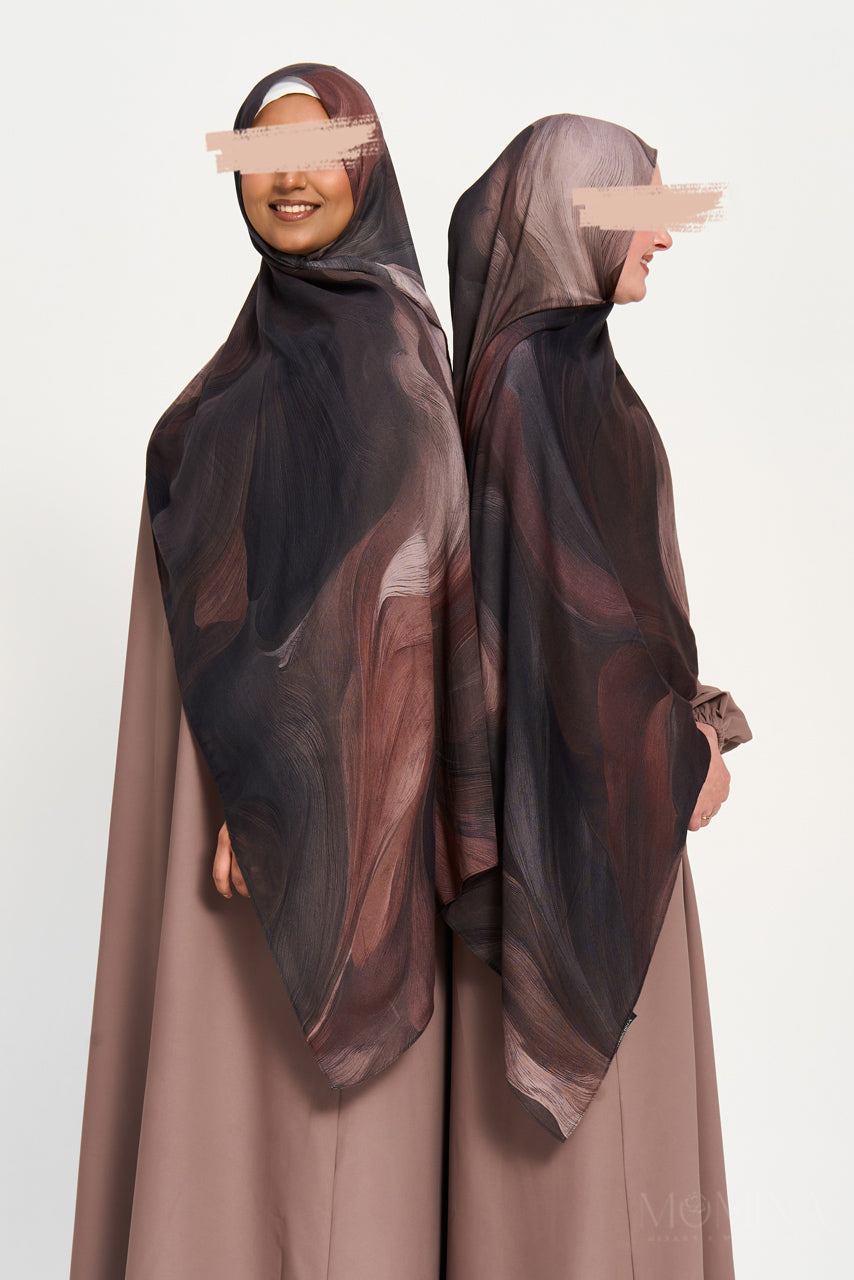
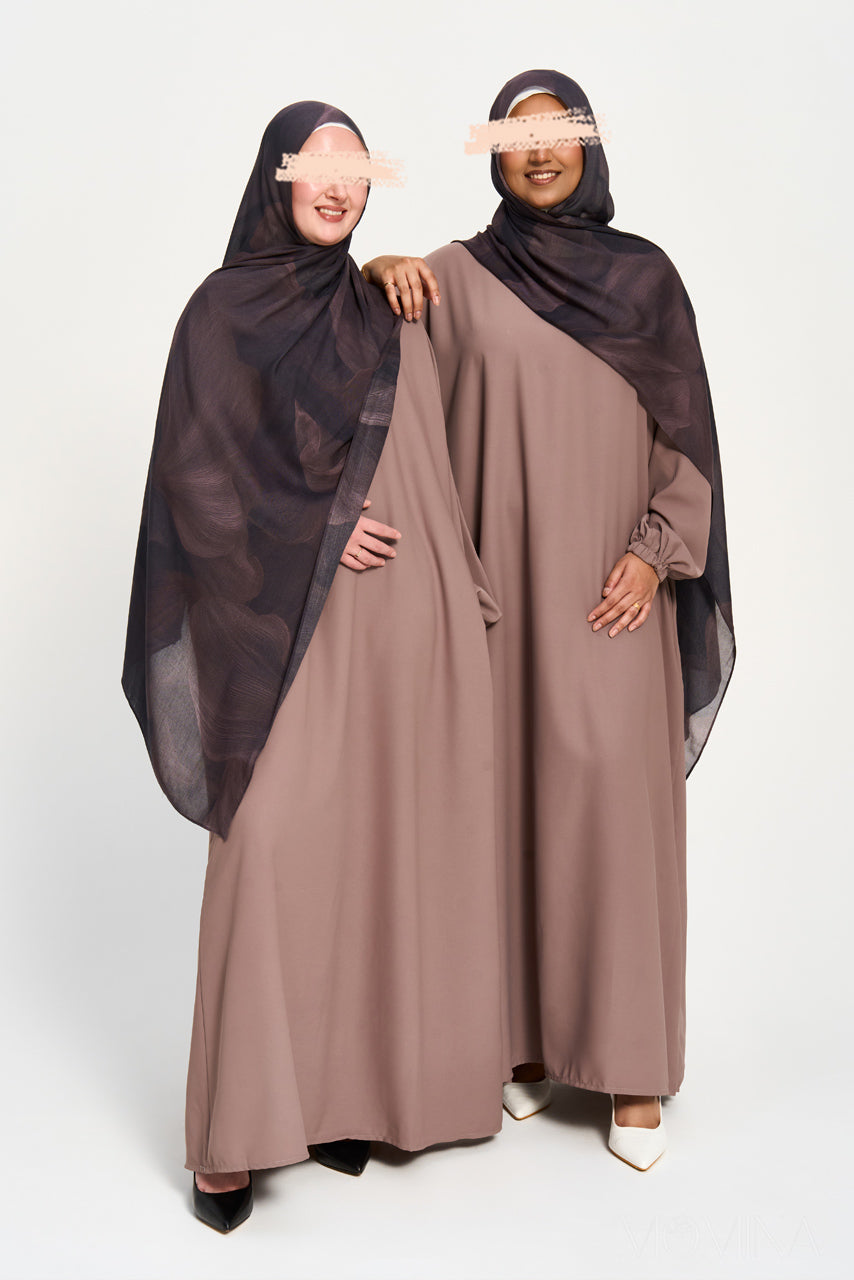
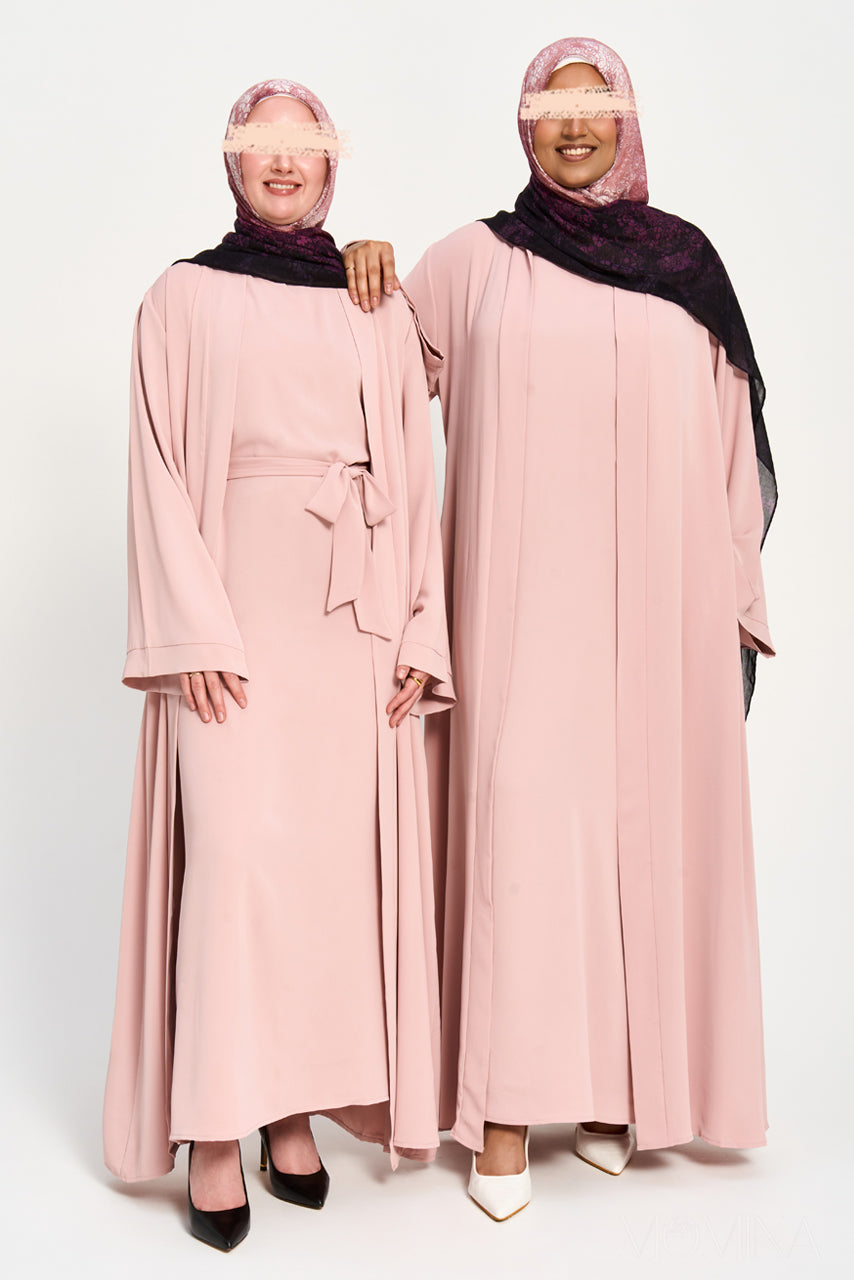
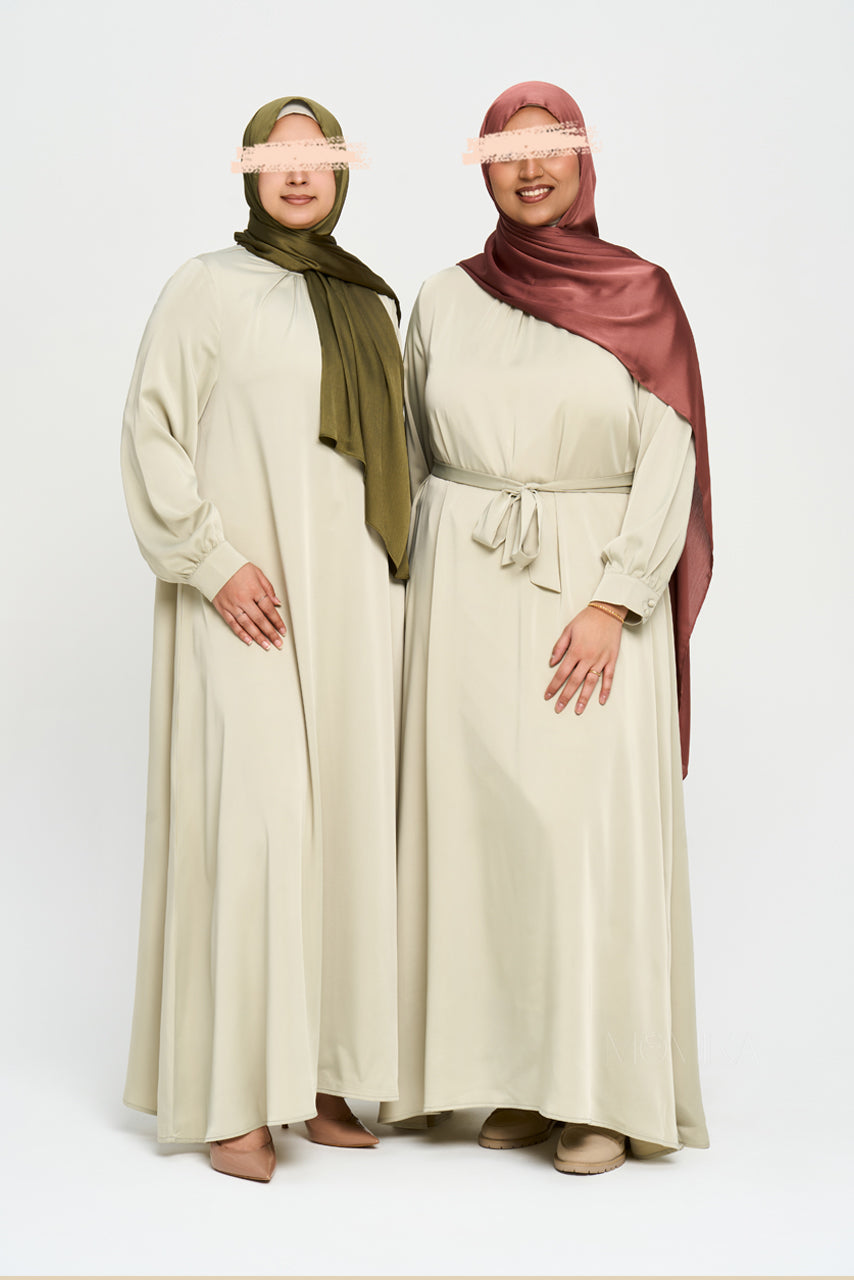
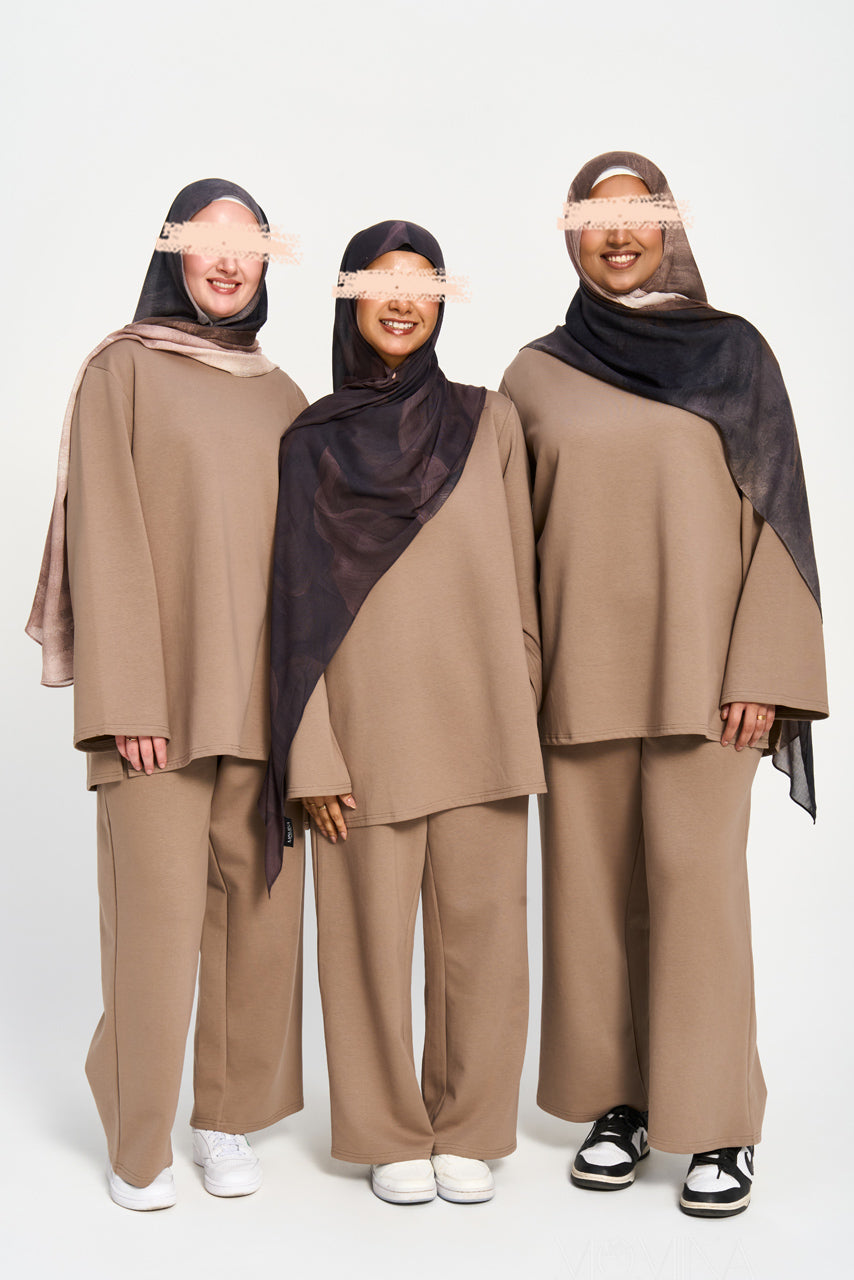
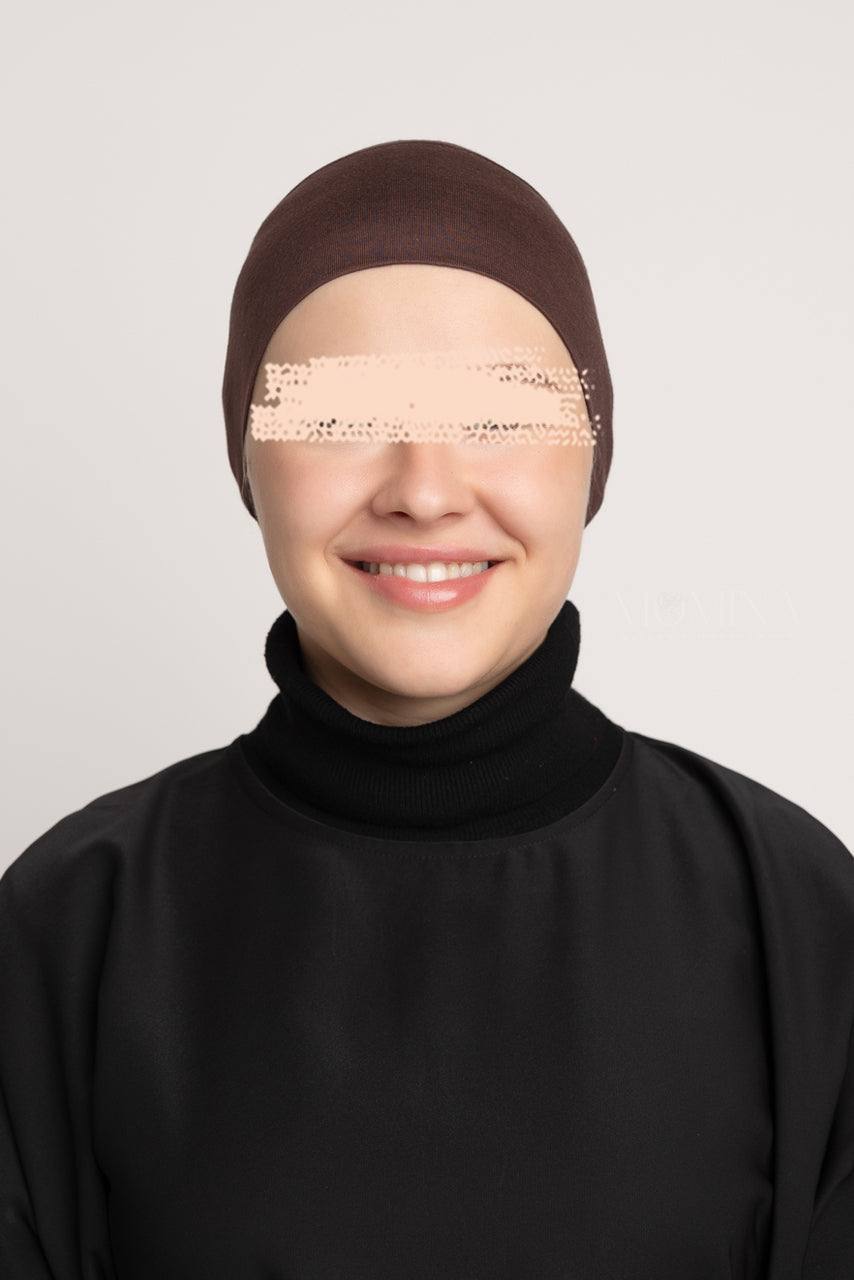
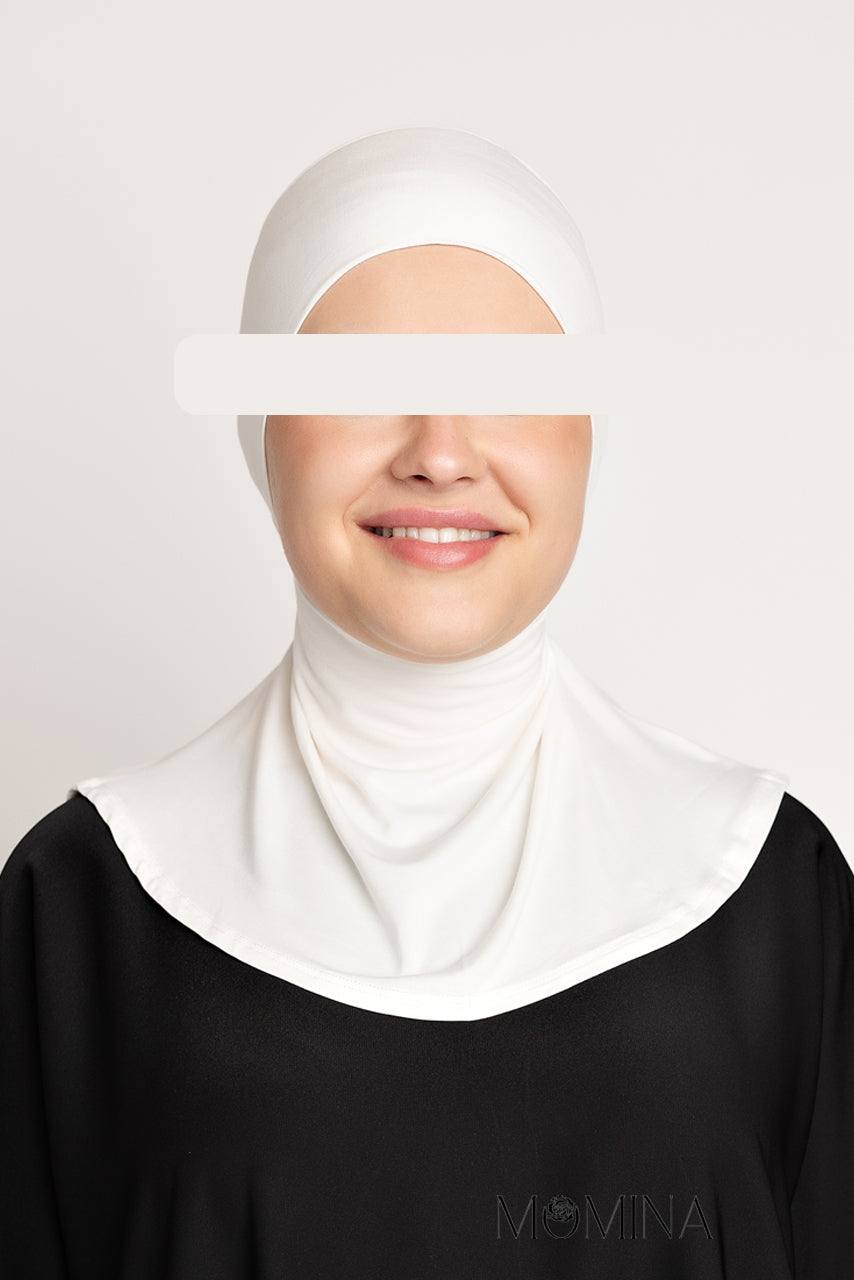
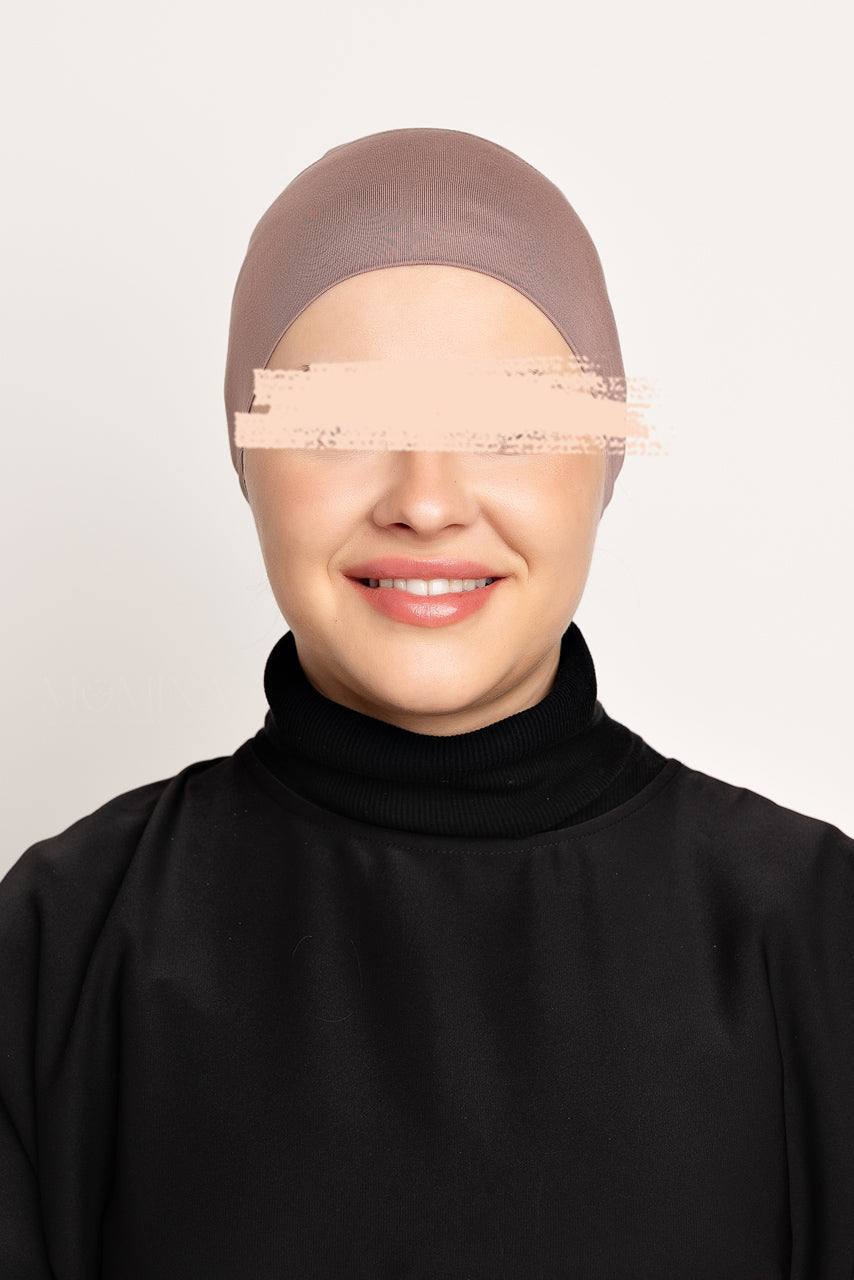
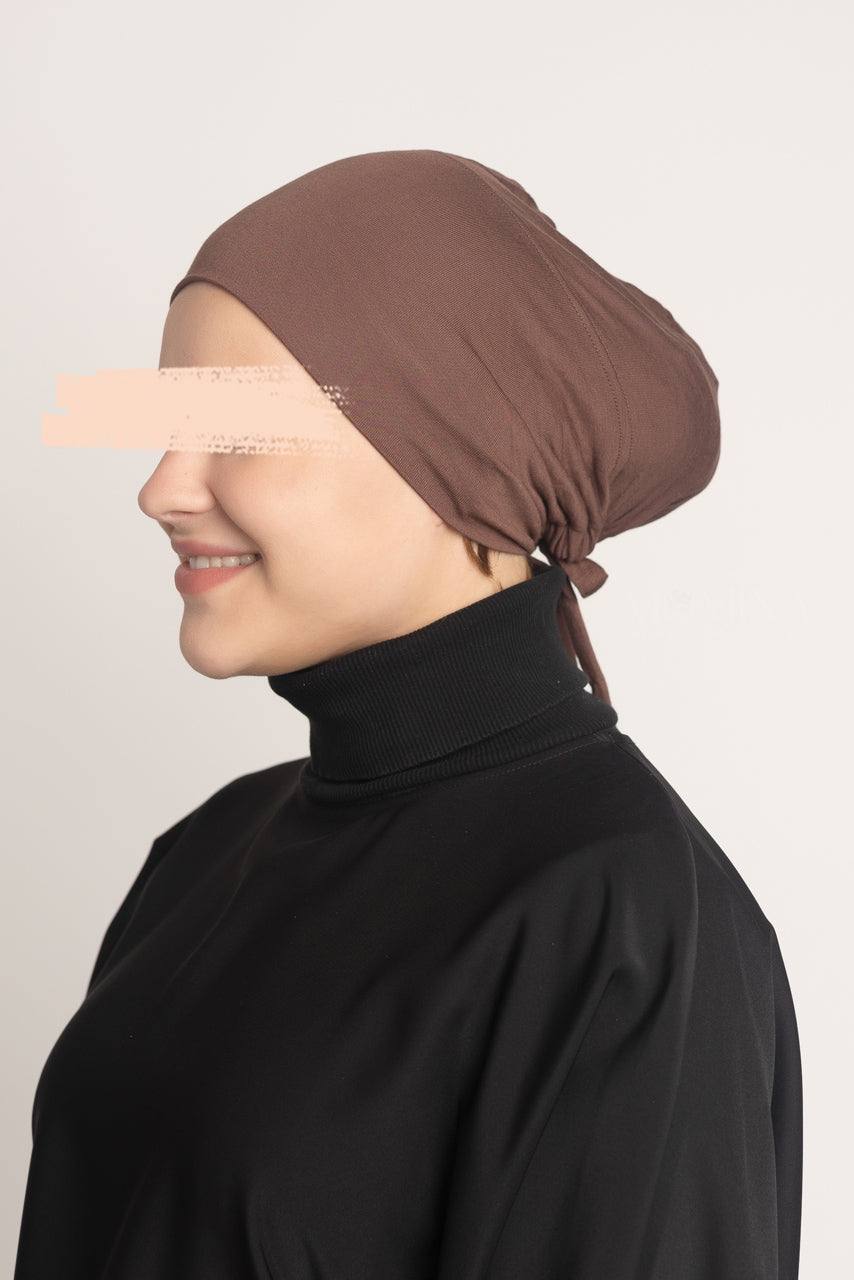
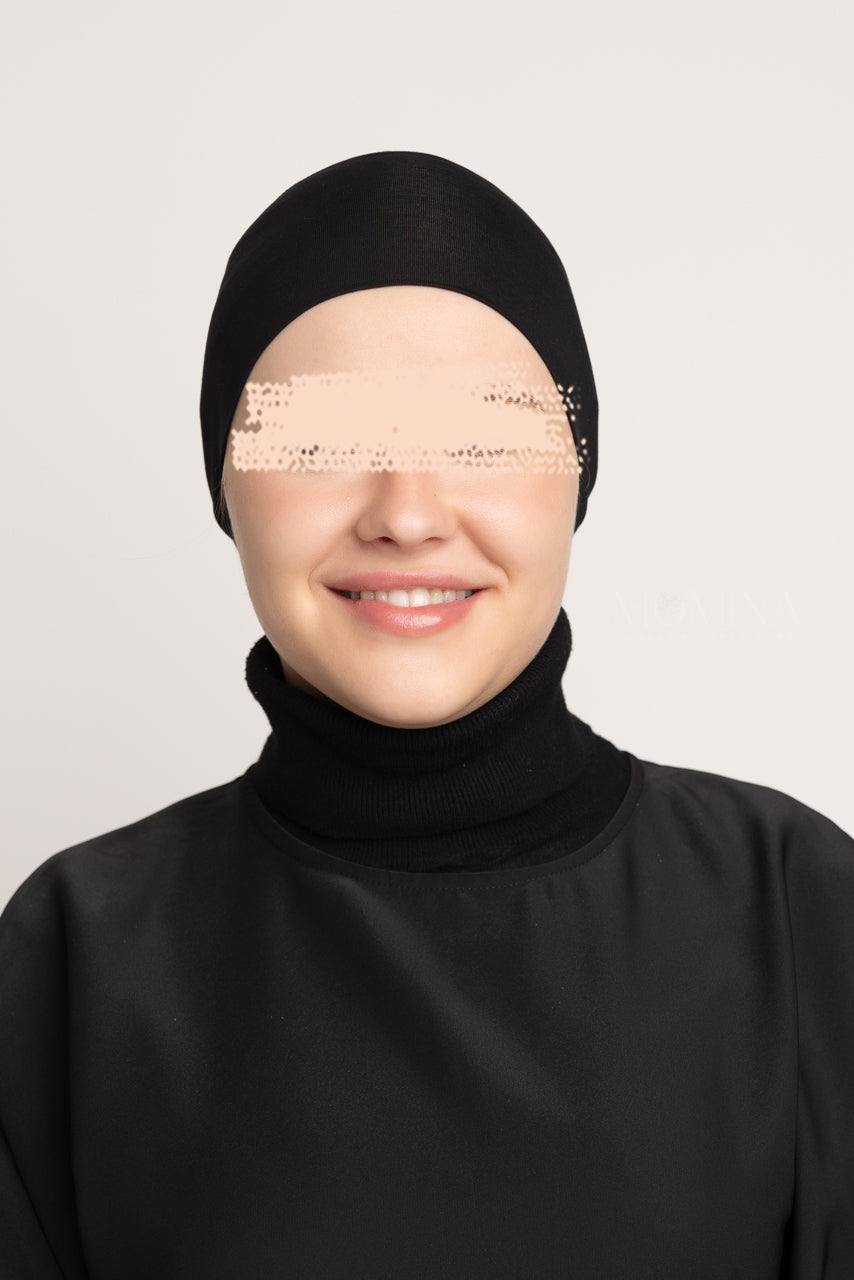
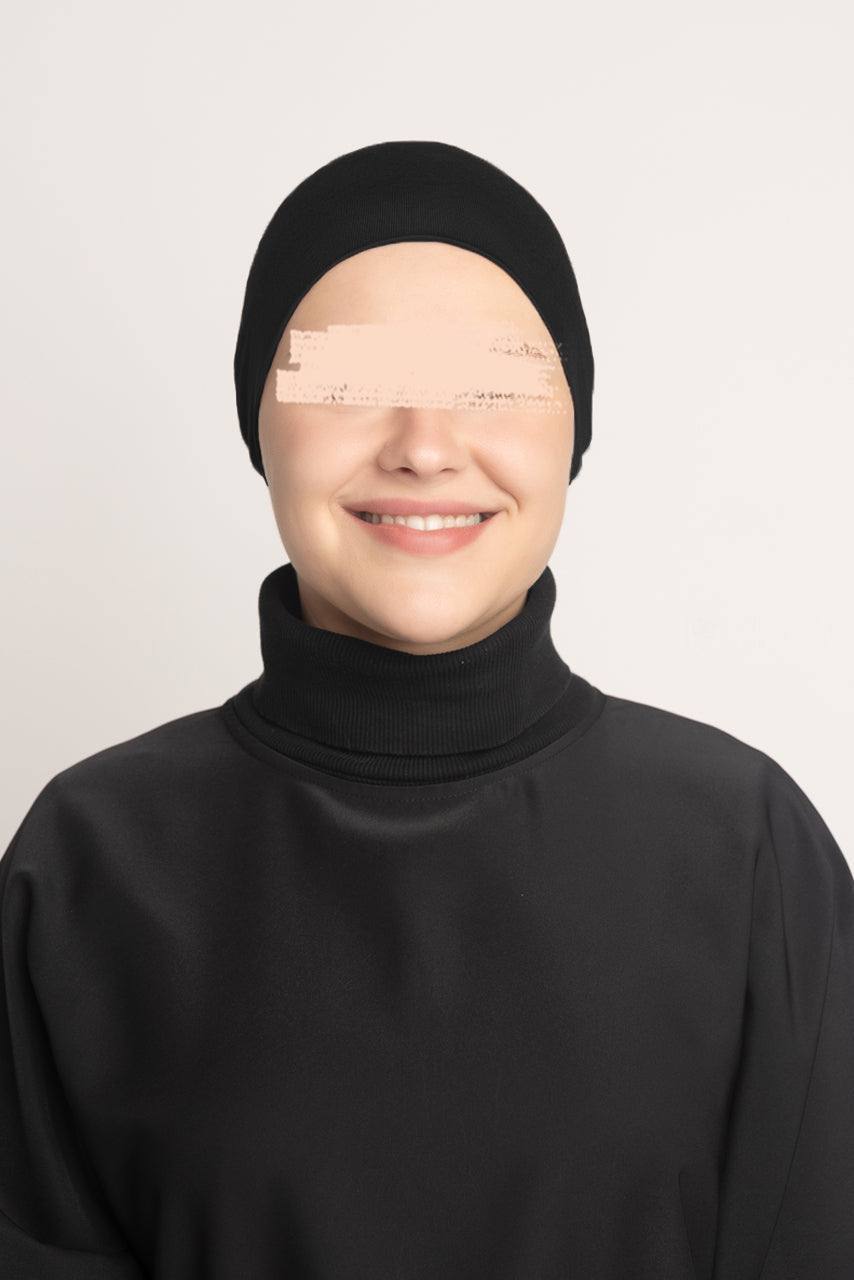
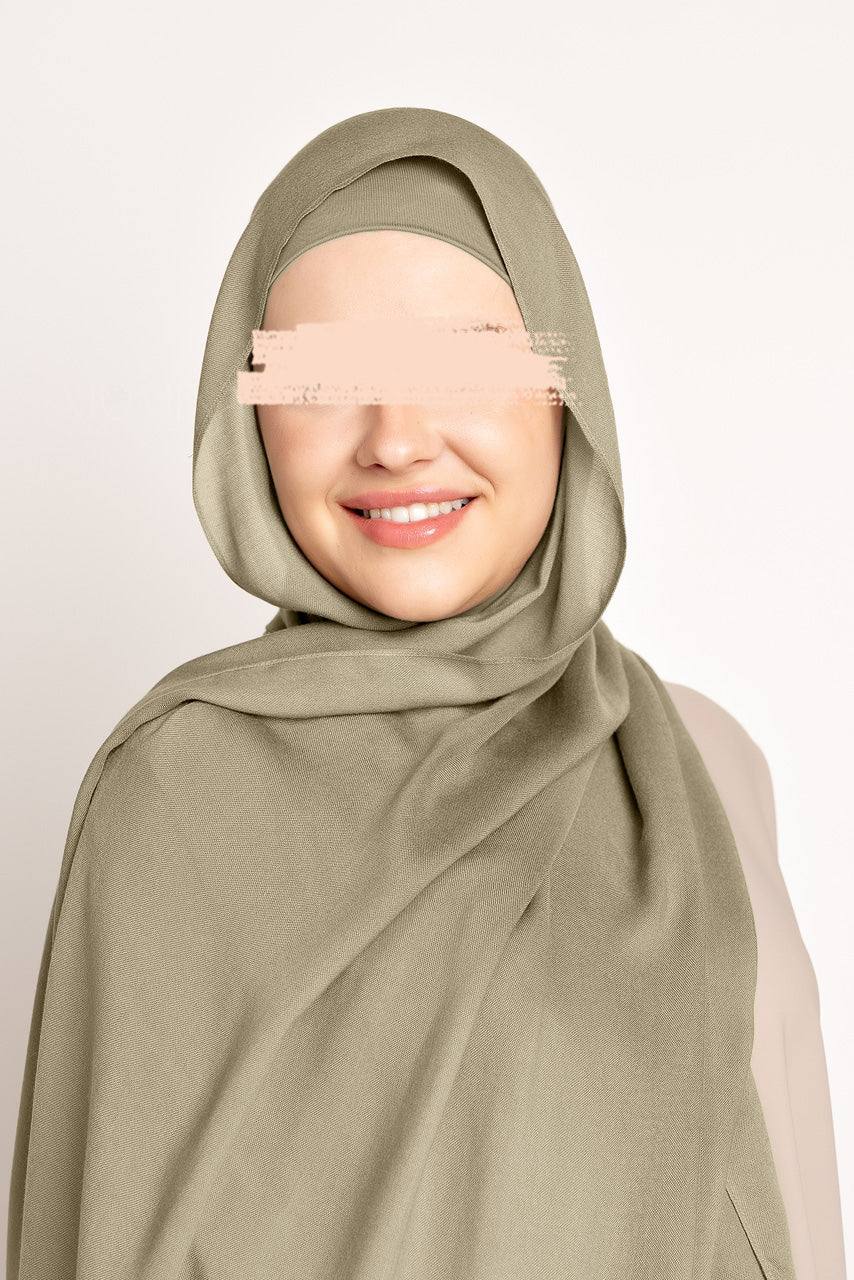
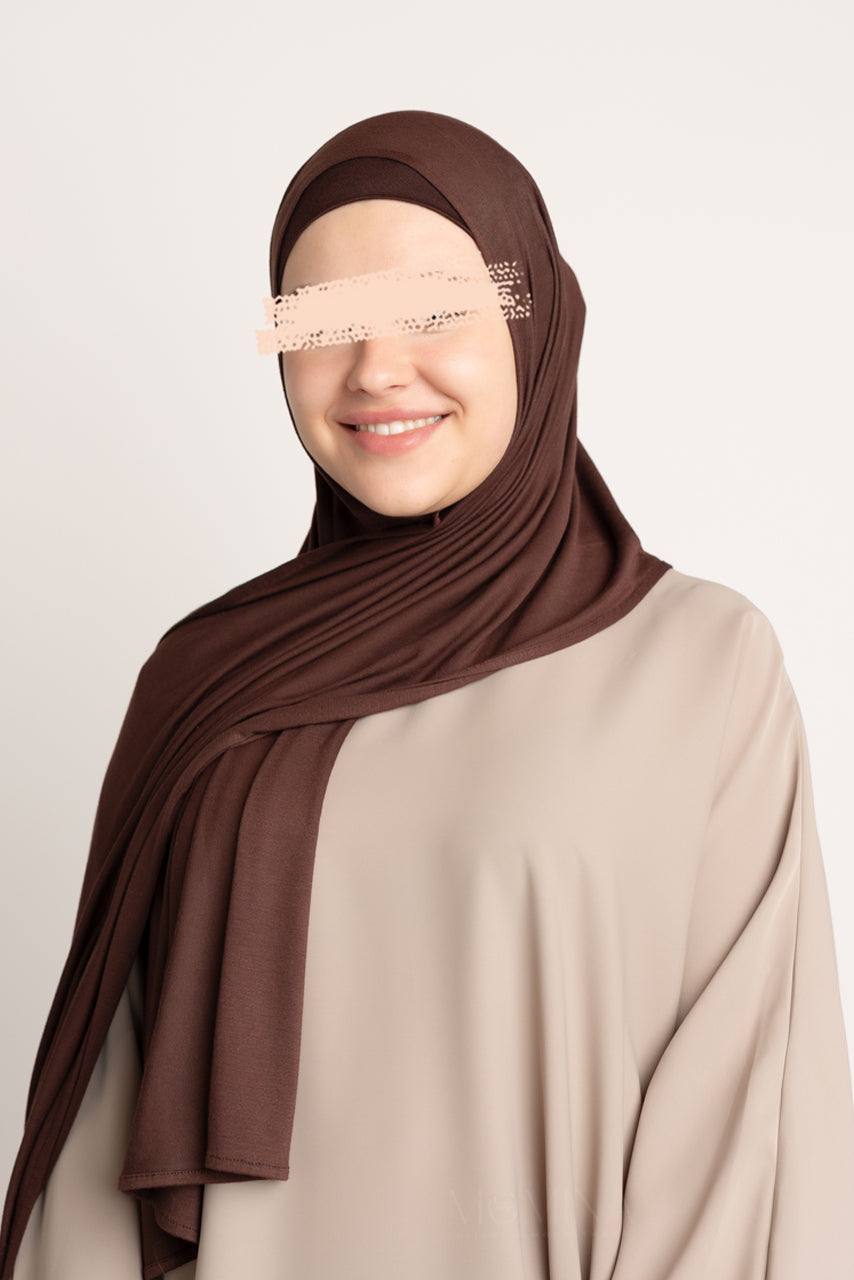
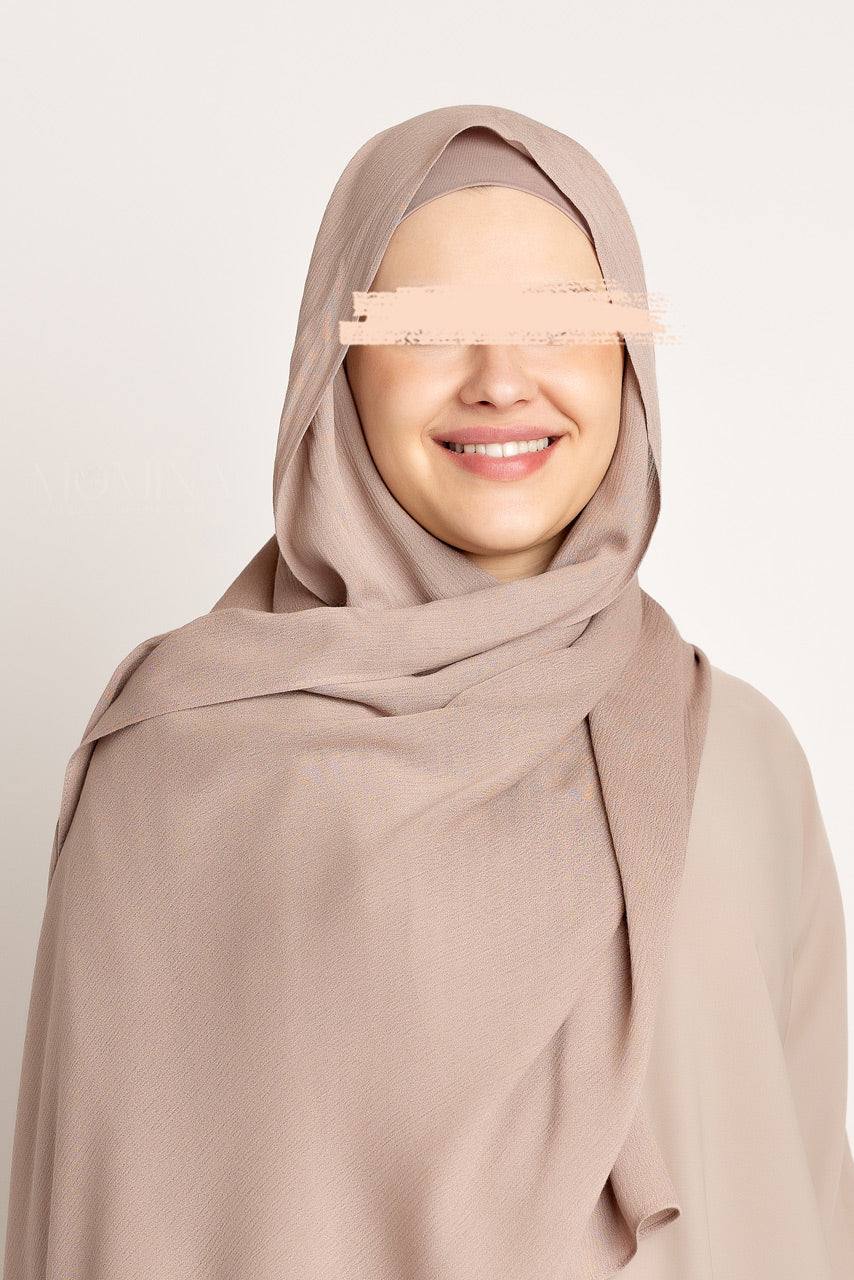
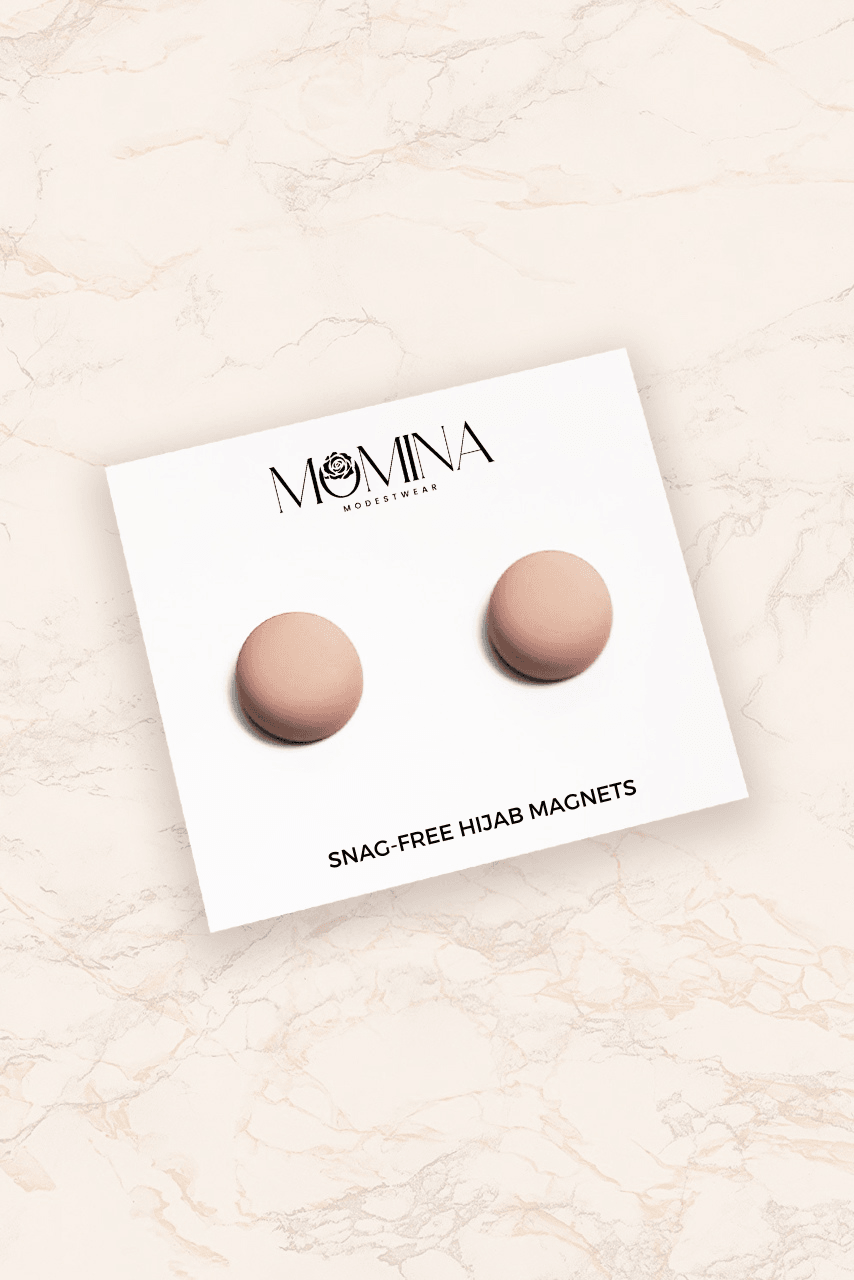
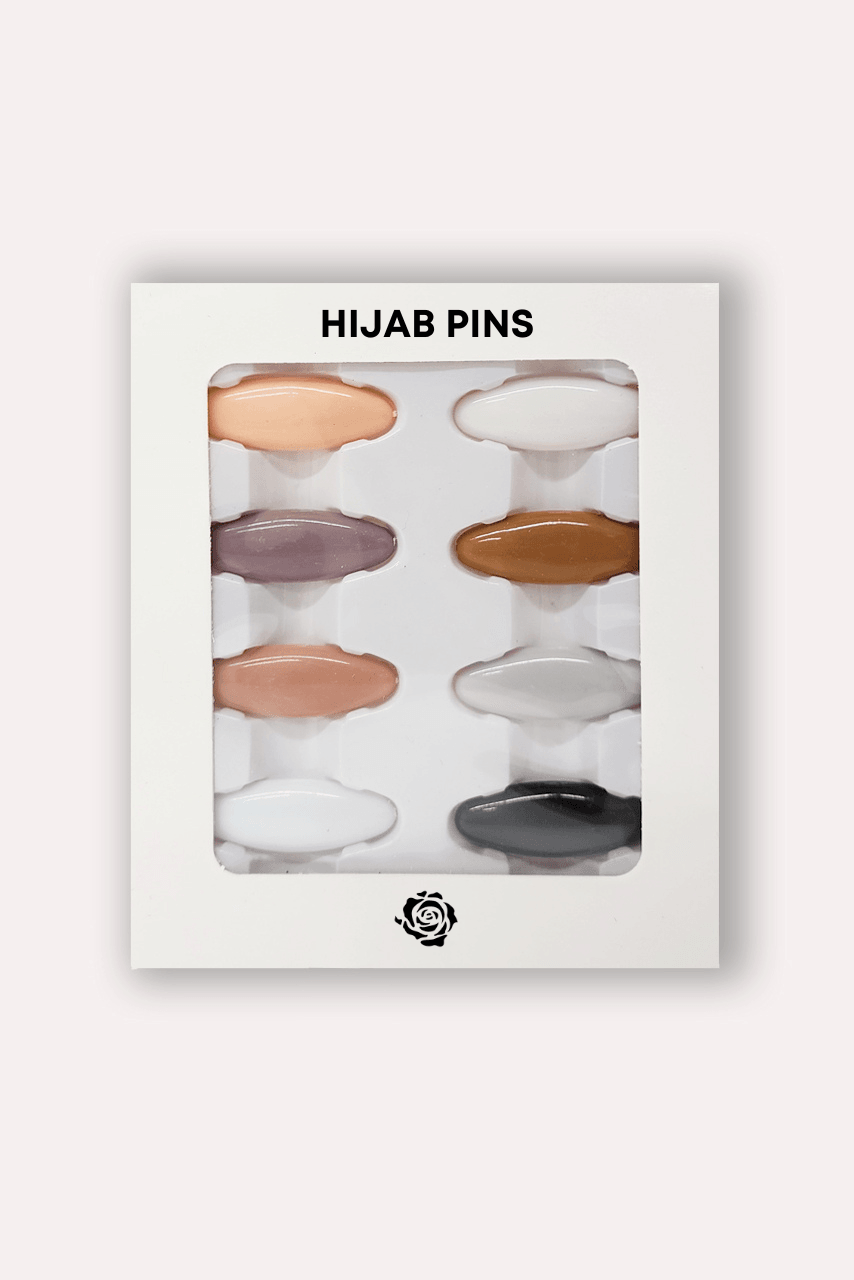
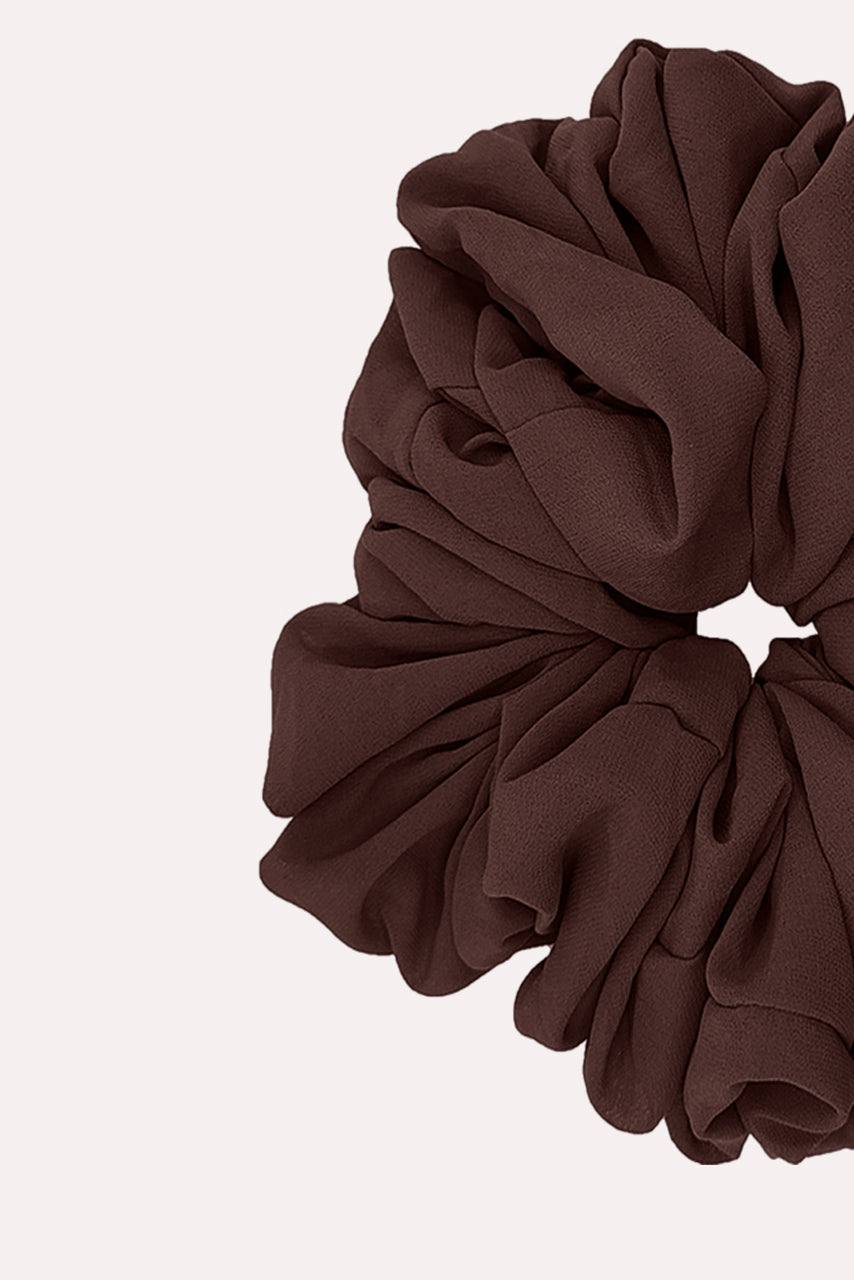

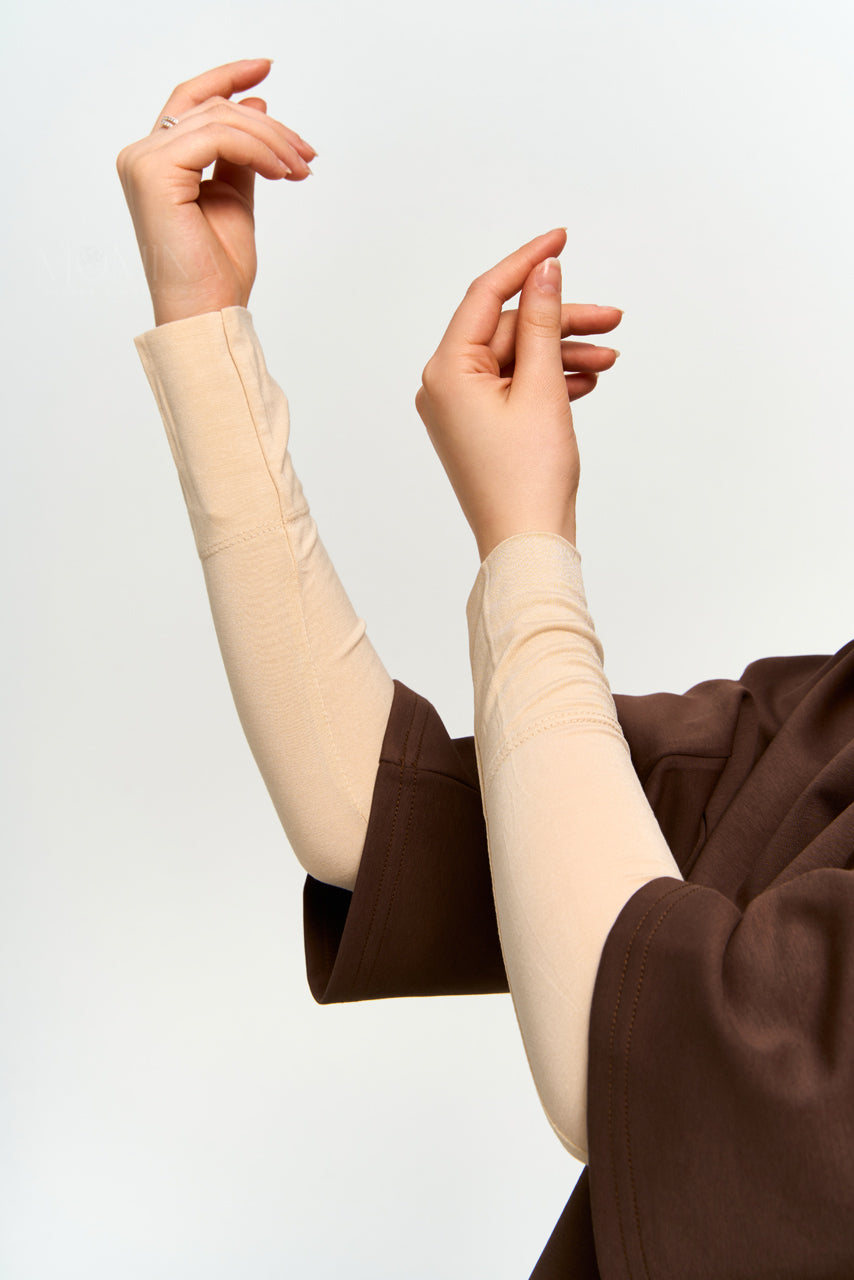
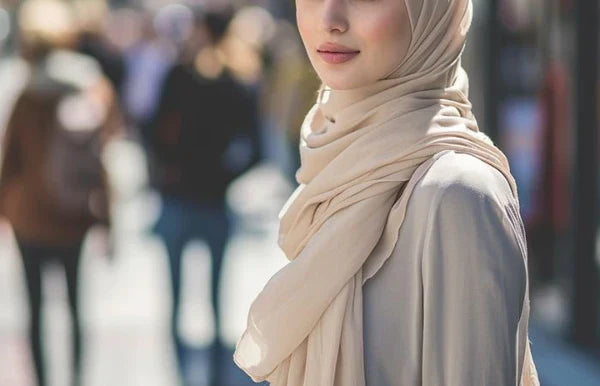
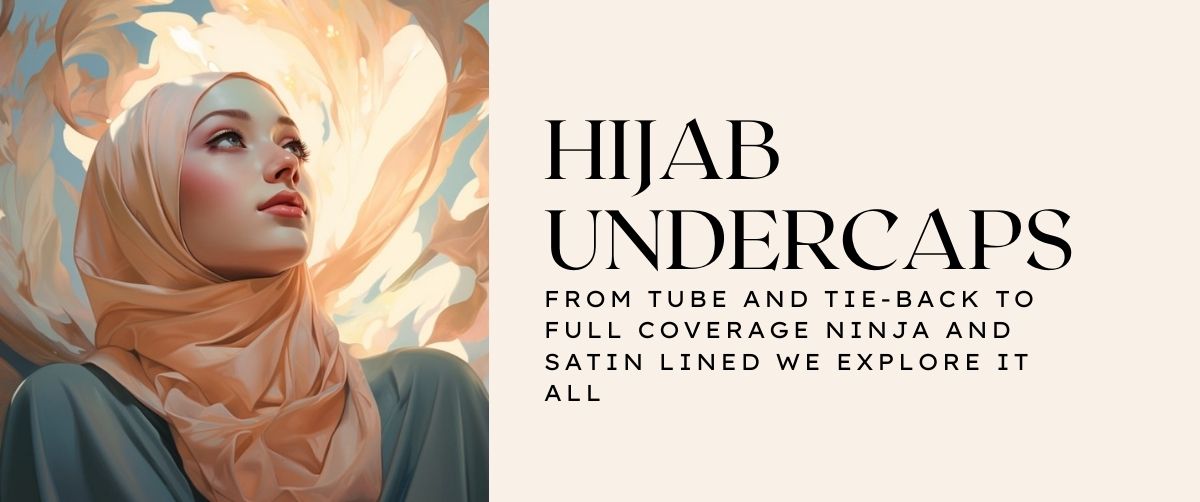


1 comment
LOGEAIS CLAUDE
Tous mes compliments pour la clarté de vos explications
Une ouverture d’esprit et un appel a la tolérance dont certains devraient s’inspirer …. le Ministère des Sports Francais en particulier qui interdit le port du Hijabs pour les femmes qui représenteront la France lors des JO (JO qui sont censés favoriser la paix et rapprocher les hommes et les femmes quelque soit leurs différences)
Tous mes compliments pour la clarté de vos explications
Une ouverture d’esprit et un appel a la tolérance dont certains devraient s’inspirer …. le Ministère des Sports Francais en particulier qui interdit le port du Hijabs pour les femmes qui représenteront la France lors des JO (JO qui sont censés favoriser la paix et rapprocher les hommes et les femmes quelque soit leurs différences)